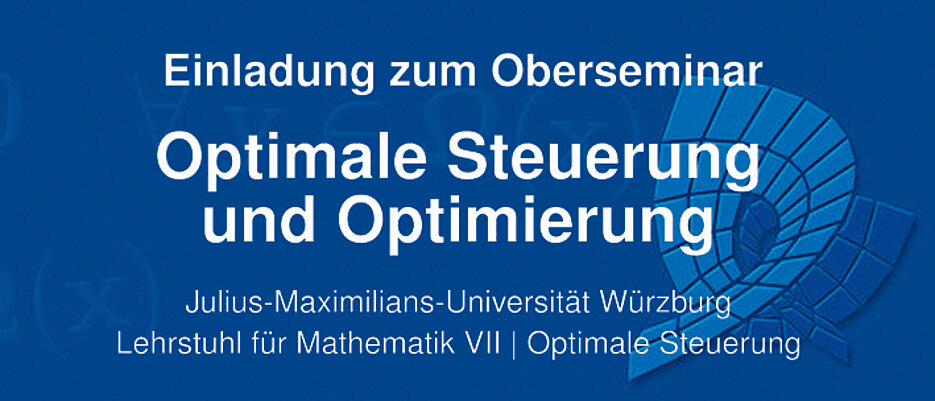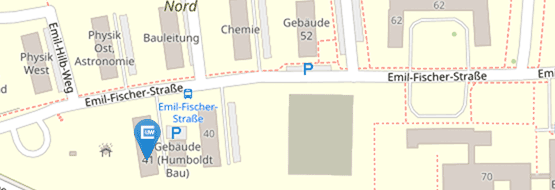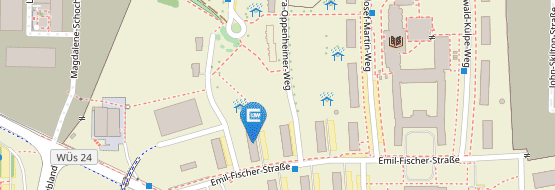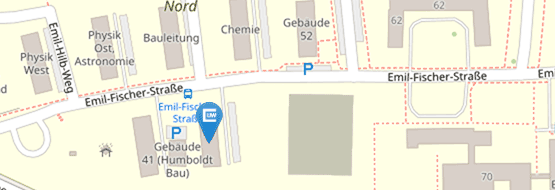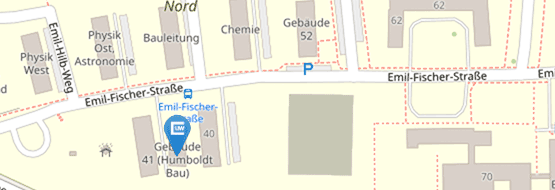OBERSEMINAR: Optimale Steuerung und Optimierung (Prof. Dr. Sabine Fischer)
RGraph-based numerical modelling of cell differentiation in mouse embryos
| Date: | 07/17/2023, 2:15 PM |
| Category: | Veranstaltung |
| Location: | Hubland Nord, Geb. 41, 41.00.006 (Forschungsbau, EG) |
| Organizer: | Lehrstuhl für Mathematik VII (Numerische Mathematik und Optimierung) |
Vortragender: Prof. Dr. Sabine Fischer (Universität Würzburg)
Abstract: During the development of mouse embryos, at the blastocyst stage, just before the embryo implants into the uterus, cells undergo differentiation into either embryonic or extraembryonic cells. In early and mid blastocysts, we observed that these cell fates exhibit local clustering, which later resolves into segregated lineages in late blastocysts. To investigate the underlying mechanisms, we employed graph-based numerical modelling and machine learning techniques.
We described the mouse tissue as a graph, with nodes representing cells and edges representing interactions between cells. To best capture the biological situation, we utilized edges based on a Delaunay triangulation. The nodes contained information such as cell position, cell size, and the expression levels of two proteins that play a key role in cell differentiation. Next, we developed a numerical model that described the evolution of the graph over time. This model incorporated mechanical interactions between nodes using a Morse potential. It also accounted for the introduction of new nodes to represent cell division and incorporated changes in protein expression within each node based on the protein levels in other nodes in the graph. Comparing the simulation results with experimental data, we found that including interactions between nodes beyond direct neighbours was crucial for reproducing the cell fate patterns in the mouse. By combining our model with machine learning approaches, we were further able to classify the emerging cell fate patterns.
To extend our approach to late blastocysts, we plan to incorporate positional changes of nodes based on their protein levels, simulating cell sorting processes, and removal of nodes from the graph to account for cell death. Importantly, this modelling approach is not limited to mouse embryos but can be applied more broadly to understand cell differentiation in various tissues.


